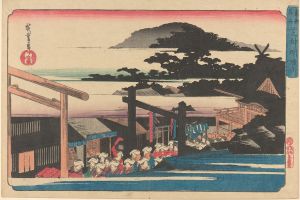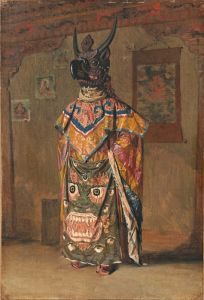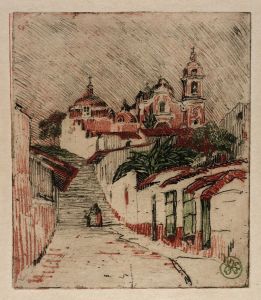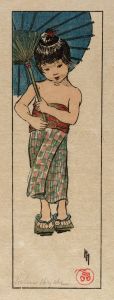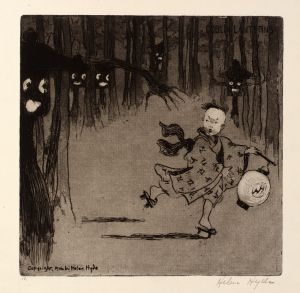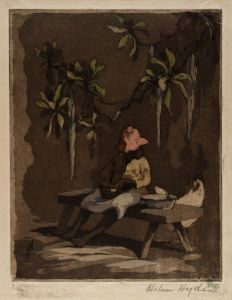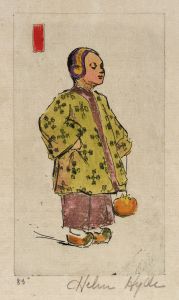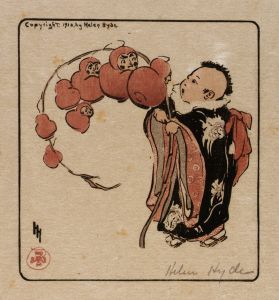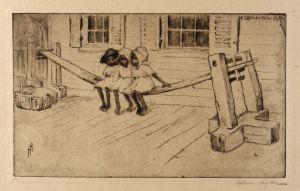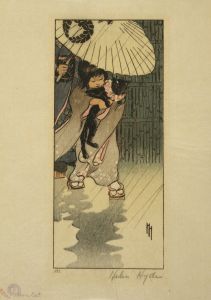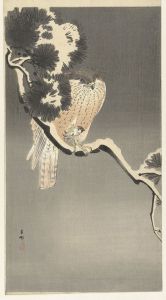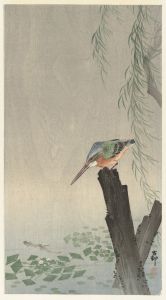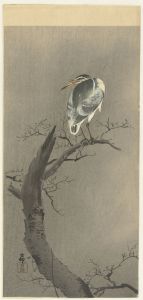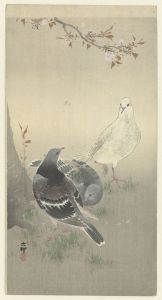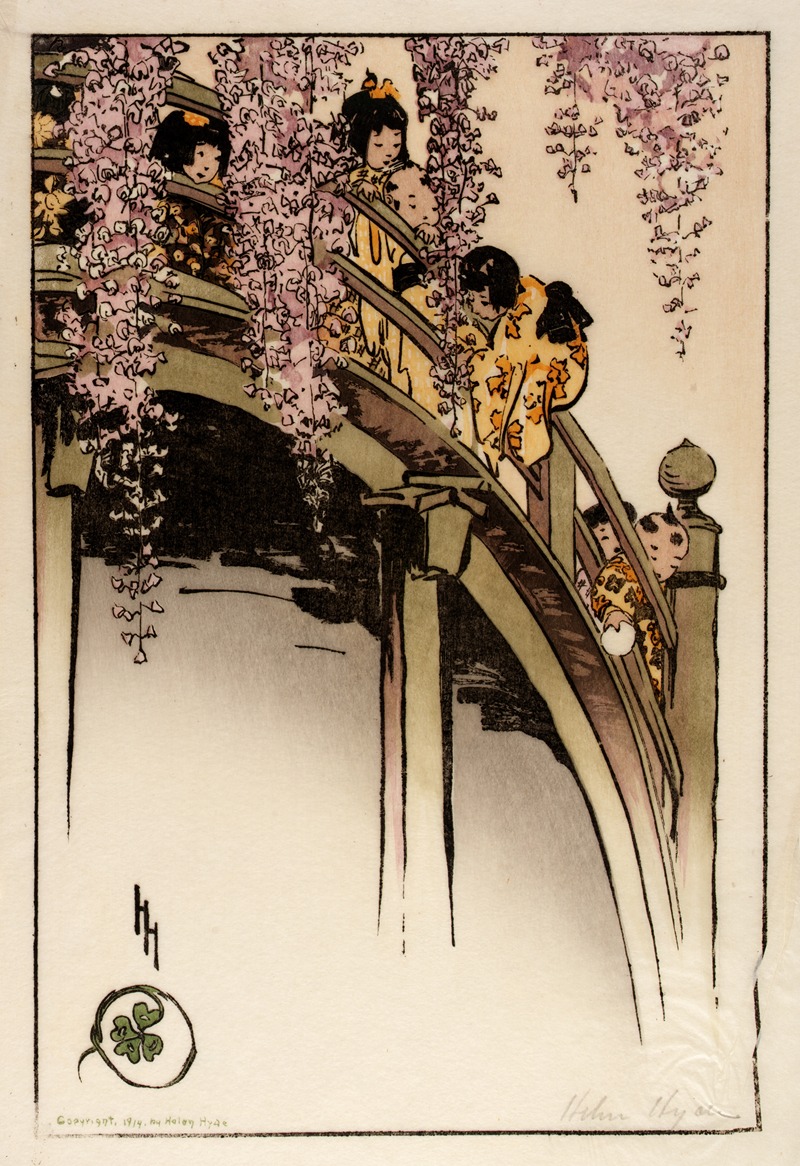
Moon Bridge at Kameido
A hand-painted replica of Helen Hyde’s masterpiece Moon Bridge at Kameido, meticulously crafted by professional artists to capture the true essence of the original. Each piece is created with museum-quality canvas and rare mineral pigments, carefully painted by experienced artists with delicate brushstrokes and rich, layered colors to perfectly recreate the texture of the original artwork. Unlike machine-printed reproductions, this hand-painted version brings the painting to life, infused with the artist’s emotions and skill in every stroke. Whether for personal collection or home decoration, it instantly elevates the artistic atmosphere of any space.
Helen Hyde (1868–1919) was an American artist known for her work in printmaking and painting, particularly in the style of Japanese woodblock prints. Her work, "Moon Bridge at Kameido," is one of her notable pieces that reflects her fascination with Japanese culture and art techniques. Hyde was part of the American Arts and Crafts movement and was instrumental in popularizing Japanese aesthetics in the United States during the late 19th and early 20th centuries.
Hyde was born in Lima, New York, and raised in San Francisco, California. She studied art in the United States and Europe before traveling to Japan in 1899. Her time in Japan had a profound impact on her artistic style. She studied under the tutelage of Japanese masters such as Kano Tomonobu and learned the traditional techniques of ukiyo-e, a genre of Japanese woodblock prints. This experience greatly influenced her work, leading her to create prints that combined Western and Eastern artistic elements.
"Moon Bridge at Kameido" is a reflection of Hyde's ability to blend these cultural influences. The piece depicts the famous Taiko Bridge, also known as the Moon Bridge, located in the Kameido Tenjin Shrine in Tokyo. This site was a popular subject for artists, including the renowned Japanese ukiyo-e artist Hiroshige, who also depicted the bridge in his works. Hyde's depiction captures the serene beauty of the bridge and its surroundings, showcasing her skill in composition and her sensitivity to the subtleties of light and shadow.
Hyde's work is characterized by her use of soft colors and delicate lines, which are evident in "Moon Bridge at Kameido." Her prints often feature scenes of everyday life and landscapes, infused with a sense of tranquility and harmony. This particular piece exemplifies her ability to convey the peacefulness and elegance of Japanese scenery, while also incorporating her own artistic vision.
Throughout her career, Helen Hyde produced numerous prints and paintings that were exhibited widely in the United States and Europe. Her work received critical acclaim and contributed to the growing appreciation of Japanese art in the West. Hyde's prints were particularly popular among collectors and art enthusiasts who admired her unique style and the cultural exchange her work represented.
Hyde's legacy as an artist lies in her role as a cultural bridge between East and West. Her dedication to mastering Japanese printmaking techniques and her ability to adapt them to her own artistic sensibilities made her a pioneering figure in the field. "Moon Bridge at Kameido" stands as a testament to her artistic achievements and her contribution to the cross-cultural dialogue between Japan and the United States.
In summary, Helen Hyde's "Moon Bridge at Kameido" is a significant work that highlights her skill in combining Japanese and Western art forms. Through her prints, Hyde not only showcased the beauty of Japanese landscapes but also played a crucial role in introducing and popularizing Japanese aesthetics in Western art circles. Her work remains an important part of the history of American printmaking and continues to be appreciated for its artistic and cultural significance.





